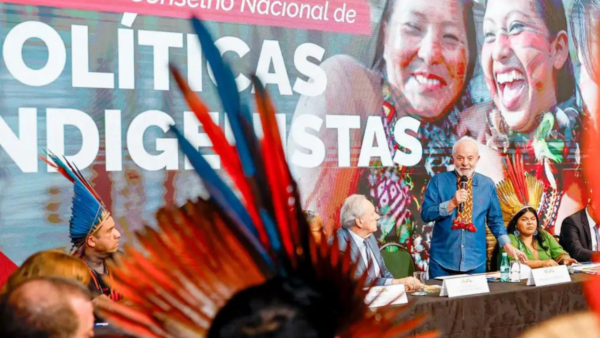Chile is facing one of its worst social crises since the end of General Augusto Pinochet’s brutal dictatorship in 1990. A rise in public transport fares ignited a series of street protests and unrest—paralyzing the country, killing 15, and forcing President Sebastián Piñera to declare a state of emergency. On Tuesday night, Mr. Piñera addressed the nation, asking Chileans to forgive him—and his predecessors—for failing to appease creeping anger in the nation caused by increasing levels of inequality.
Brazilians know this script all too well.
In 2013, the country saw a hike in bus fares in São Paulo evolve into hundreds of inchoate demonstrations across the country (which at times turned violent) that allowed Brazilians to vent their frustrations with the economy, the widespread levels of corruption in the political system, and—unsurprisingly—a growing social gap between the super-rich and the rest of the country.
But instead of being an imitation of 2013 Brazil, perhaps the Chilean crisis could serve as a cautionary tale to its South American neighbor.
Chile: an example for South America?
Chile is often used as a blueprint for how a South American nation should be run. It is, according to several indicators, the most-developed country in the region. For libertarian economists, it is a textbook example of how a more hands-off approach with the economy allows for growth. Unemployment is low and stable, inflation is under control, and GDP growth is higher than its neighbors.
But there is more to Chile’s...


 Search
Search






































